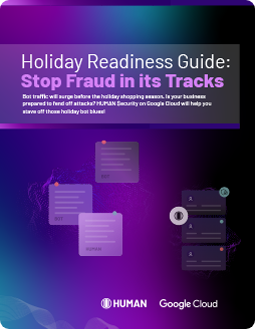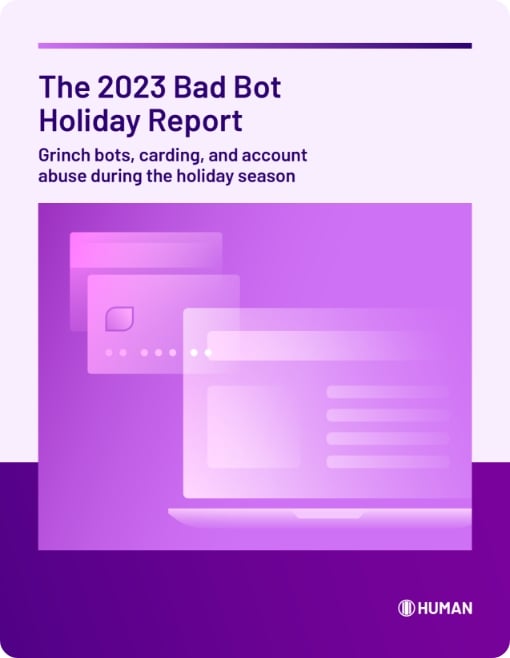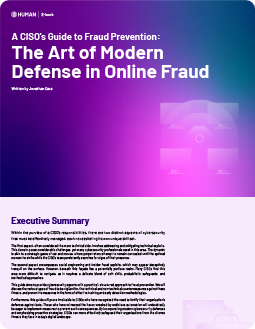When I first saw the results of the 2021 Marketing Fraud Benchmarking Survey and Report several weeks ago, there were a few findings that I found both absolutely preposterous and completely believable at the same time. After all, I’ve been living in a similar space for the last decade: running campaigns, assessing how those campaigns performed against expectations, and deciding what needed to be done differently going forward.
I had also seen numerous instances of what I now know to be marketing fraud. My first-party databases were often riddled with fake contacts. Many of them were easy to spot - after years in inbound marketing, you start to know your way around which domain names correlated to free or temporary email providers. But looking back on it now, knowing what I know now about how sophisticated bots can target marketers like myself, I have to stop and wonder: how much worse was the situation than I even knew?
In the report, we write about how a fifth of respondents—22%, to be exact—believe their first-party databases were a quarter full of bots and fakes. If the respondents to our survey were in similar shoes to my own, how many bots are there really in those databases, once you get past the ones that are easy to spot?
Not to mention the question of what do you do with those fake or fraudulent contacts. In my career, when I see ‘em, I whack ‘em. No questions asked. Cause keeping them around can have some obvious and not-so-obvious downstream impacts. Repeatedly trying to send to fake contacts can wreck your email sending score, which in turn hurts your ability to send to your actual contacts.
And then there’s compliance. The idea of getting hit with a suit because of GDPR or CCPA/CPRA scares the pants off of inbound marketers like myself. We have a mandate to grow the database and nurture the contacts we gather, but one wrong step could be incredibly costly. And the survey’s respondents agree with me - 75% of them expressed concern over maintaining compliance with those new privacy mandates. But less than half of them regularly scrub their databases for fake or fraudulent contacts.
That could be a big problem. Fraudsters’ easiest mechanism for getting a bunch of working email addresses is through a data breach, and those contacts in a first-party database could result in compliance violations.
But like we wrote in the report, it’s not all doom and gloom: there were some compelling reasons to be hopeful. The majority of marketers were aware of marketing fraud as a phenomenon, and the majority of marketers had even experienced it personally. Many were using UTM parameters, which can serve as an indicator of the source of fraudulent activity, even if they can’t themselves prevent fraud.
It’s with all of that in mind that I hope marketers will take the time to read our 2021 Marketing Fraud Benchmarking Survey and Report - we don’t know what we don’t know, and the only way to ensure we’re effective as inbound and performance marketers is to ensure that we’re only engaging with humans.







